In every legend and in every myth there’s always a small grain of truth, but sometimes it might come from a reality so far away we cannot recognize or understand it. The stories we tell our children are full of magic and fantastic creatures, be they elves, dragons or pixies, and we take them as such, but for the story-tellers of long ago they must have had some meaning. Likewise, we accept the plots and such fundamental characters like the innocent princess, the valiant prince or the evil witch, although we can no longer understand the hidden references to a reality that is long gone. In this new series we will explore the meaning and origins of some well-known stories and legends, in an attempt to understand how these stories came to be.
There are no every day objects with so many superstitions attached to them as mirrors. Legends and fairy-tales are full of magical mirrors that can tell the future, kill an enemy or reveal one’s true soul. Most of the superstitions associated with mirrors stem from our distant ancestors’ bewilderment and fear of any surface that would reflect their faces. Think of the primitive men seeing their faces or the sun above them in a pool of water or a shiny stone - they had no knowledge of light, reflection, refraction. No wonder they felt there was some magic involved.
Mirrors of the gods
One of the earliest mirrors mentioned in legends are those created by the Greek god Hephaestus (Vulcan, in Roman mythology). The ugly and crippled Hephaestus was the god of volcanoes and metalworking and among the many presents for his beautiful wife, Aphrodite (Venus), goddess of love, was a magical golden mirror. The unfaithful goddess used the mirror to spy on her husband’s movements, to make sure she would not be caught with her lover, Ares (Mars), the god of war.
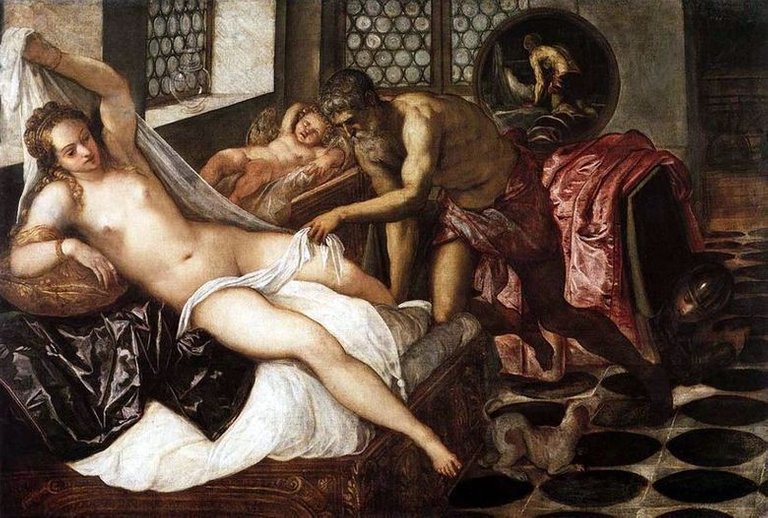
'Venus, Vulcan and Mars' painting by Jacopo Tintoretto
source
Hephaestus is also credited with forging the shield that helped Greek hero Perseus defeat the snake-haired monster Medusa. Legend has it that anyone looking upon Medusa’s terrifying face would be turned into stone. The polished shield forged by the Greek god acted as a mirror and when she saw her own reflection in Perseus’ shield she, too, turned to stone.
In Aztec mythology, Tezcatlipoca is known as the Lord of the ‘Smoking Mirror’, which he usually wore on his breastplate. The mirror allowed him the sins of his subjects and punish them. In turn, the Aztecs could communicate with the god by looking into a mirror made of polished obsidian, a shiny black rock.
Also from Greek mythology there’s the story of Narcissus who is so captivated by his own reflection in a pool of water that he ends up falling in love with himself. Christianity will letter vilify the use of mirrors, as a sign of vanity and an unhealthy preoccupation with one’s looks, which can only lead to sin.
Telling the future
In the Arthurian legend, the wizard Merlin used a magic mirror to see past and future, but also the faces of those who commit betray King Arthur, which illustrates the belief in the revealing qualities of a reflective surface.
The use of mirrors to foretell the future is called scrying and it’s a common theme in many stories.
Geoffrey Chaucer in his ‘Canterbury Tales’ tells the story of the mirror of Cambuscan, a gift from the King of Araby to the King of Tartary. Like Merlin’s mirror, the Cambuscan one alerts its owner of impending treason or any misfortune awaiting them.
This motif is exquisitely inserted in J.R.R. Tolkien’s ‘Lord of the Rings’. Galadriel’s Mirror, a silver bowl filled with water, is presented to Frodo and Sam as a tool which can predict the future.
“Things that were, and things that are, and some things that yet may be. But which it is that he sees even the wisest cannot tell.”
In Tolkien’s vision, the ancient motif gets a modern perspective, the future is no longer immutable, things shown in the mirror might or might not happen and it is up to the one who looks in the mirror to shape future events.
The same theme is further refined in J.K. Rowling’s ‘Harry Potter’, where the young orphan wizard becomes enthralled by the Mirror of Erised. The magic mirror shows what he who looks most desires - Harry sees himself together with his parents who are alive and well in the mirror. It is Dumbledore who warns Harry to keep away from the mirror, as he could waste his whole life lost in a world of his dreams.
The belief that mirrors could reveal things that could not be otherwise known or seen is rooted in the primitive perception that shiny surfaces captured things that should not be there. The primitive staring in a pool of water knows he is standing on the bank and the sun is right above him - how could they be in the water?
One of the explanations that seemed to make sense to the primitive mind was that any sort of mirror captured the soul of the looker, a superstition preserved to this day. In many cultures, it is still customary to cover any sort of mirror in a house where someone just died, otherwise the soul of the deceased could be trapped forever. In the more modern vampire tales, like Count Dracula’s story, the reason why vampires leave no reflection in a mirror is they have no soul.
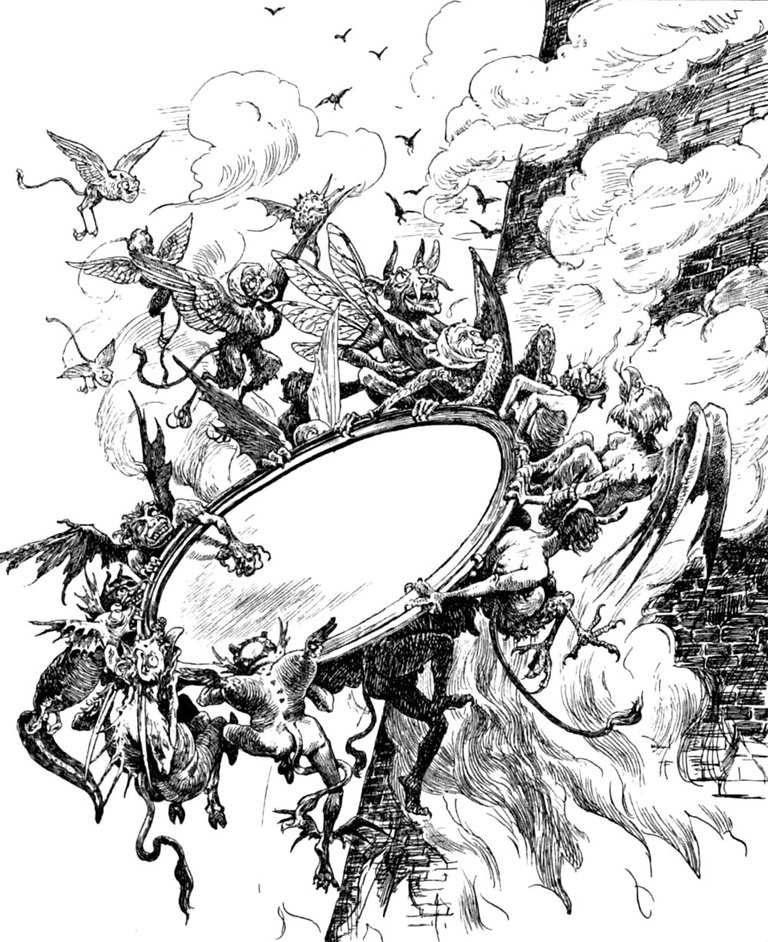
The Devil's Mirror in Andersen's 'Snow Queen'
source
The idea that mirrors reflect not the face but the soul is common in many folk tales. In ‘Snow White’, for instance the Evil Queen uses the mirror to learn who is the fairest of them all. But, in doing so, the mirror uncovers her evil nature, for, at heart, she is the wicked witch who does not hesitate to order the murder of the princess.
Or, take the Snow Queen in Hans Christian Andersen’s tale. She poisons people’s minds when shards of her evil mirror, again a reflection of her true soul, are scattered upon the Earth. The mirror is said to be the creation of an evil troll or the devil himself, to distort reality and make the loveliest of landscapes look like ‘boiled spinach’ The story’s protagonist, little Gerda watches her sweet-natured friend Kay turn into a cold cruel boy as a small fragment of the evil mirror is lodged into his eye. He now sees the world through the eyes of the evil Snow Queen and it is only Gerda’s patient love that cures him.
Finally, one of the best known examples of magic mirrors in modern literature is that used by Lewis Carroll to transport Alice in another world. The world presented in ‘Through the Looking Glass’ is not only the reverse of the place Alice has left behind, but also full of magical creatures, because that’s what mirrors do, they show things that are not real.
Seven years of bad luck?
Reading about mirrors and old beliefs, I’m sure many of you cannot help thinking about the widespread superstition that breaking a mirror brings seven straight years of misfortune. While the superstition might be rooted in the association between mirrors and souls, the destruction of the former causing the destruction of the latter, the main reason people were mortally afraid of breaking a mirror was that until quite recently such items were frightfully expensive. It was the Romans that first created small round mirrors, of poor quality. The modern mirrors were first crafted by master glass-makers in Venice, in early Renaissance. Glass mirrors were luxury items and it is reported that in the 17th century a certain Countess of Fiesque traded a big wheat farm for one mirror and still considered it a bargain. Imagine breaking such an expensive thing, it would probably be more than seven miserable years until your mother forgave you for that.
And a final example of magic mirrors - the shiny screens we spend our time staring at. TVs, phones, laptops - we waste a lot of our time lost in a world that is not real, just as legends warned us.
Post authored by @ladyrebecca.
References: 1, 2, 3.
Click on the coin to join our Discord Chat

Witness proposal is here:
Go To Steem Witness Page
In the bottom of the page type: adsactly-witness and press vote.

Use small letters and no "@" sign. Or, click here to vote directly!
Thank you!

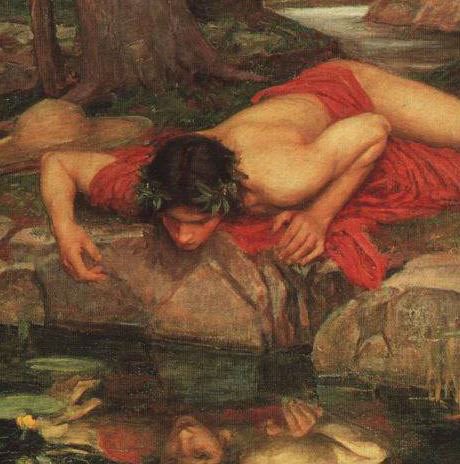
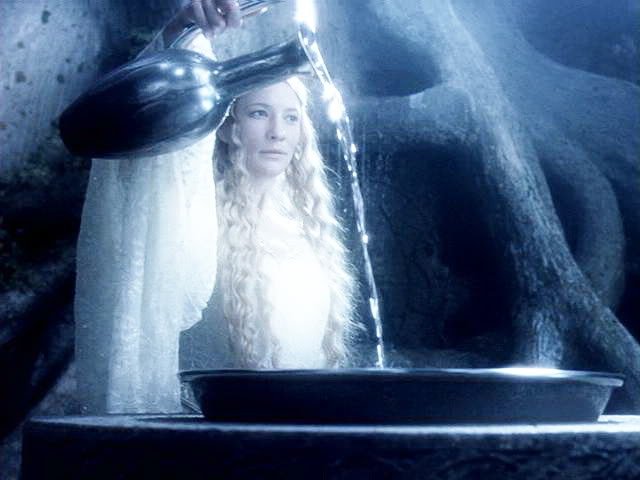
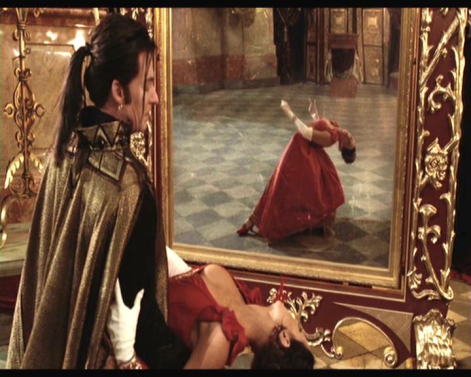

Great post, @ladyrebecca! As you say, the mirror is one of the most significant objects created by man. although there is its effect on nature in the reflection of the waters. You referred to the myth of narcissus, and by the way of it, and to your indication about the sorcerer Tezcatlipoca, in Nahuatl mythology, I would like to add something about it. In one of the versions of the myth of Quetzalcoatl, the main god of the Nahuas, Tezcatlipoca subjects the god-king priest to a trap: he shows him a mirror, in which Quetzalcoatl sees his face mistreated by his fasts and mortifications, and feels defeated. What is the trap? In which the priest king of the Toltecs feels vanity.
And this is one of the meanings of the mirror. Not by chance is an emblematic object of the Baroque era, where emerges the ironic individuality of the artist and skepticism about the relationship between reality and unreality (Velázquez's meninas are an example).
Regarding the latter, I remember an aphorism-type poem by our contemporary Venezuelan poet Rafael Cadenas: "In the mirror where you look there is no one".
Forgive this deviation from the theme and the extension. Thank you for your post, @ladyrebecca.
Thanks a lot, @josemalavem, for providing additional information on South American myths. I am a big fan of early South American civilizations.
I wanted to start a series on the main ancient aboriginal cultures of Latin America, as it is a field in which I have worked as a teacher and researcher of literature. But the multiple occupations that limit time delay these projects. I hope it won't take too long to put it into practice. Greetings.
You have made an excellent post and an excellent compilation of all the stories where a mirror has been determinant. While reading, I remembered a belief that exists in Venezuela that says that if you stand in front of a mirror on San Antonio Day at 3:33 in the morning, you will be able to see behind you all that you will experience in the future. In the same way, there is a legend that speaks of an ancient mirror that has the soul of a person who incites you to commit suicide. The detail is that nobody knows where that mirror is right now and it can be in any house anywhere in the world. I really enjoyed reading this post, @ladyrebecca.
The belief you mention sounds a lot like the superstition about Halloween, which says a girl has to eat an apple in front of a mirror, than start combing her hair and her future husband will appear in the mirror.
In various stories the mirror becomes something magical. he can have an urgent role in the plot. In the Mahabarata story, Krishna has a mirror that can be used to see what really happened. Also in the myth of the Ruler of the South Sea in Indonesia has a mirror that is capable of being a recorder of events that exist in the two worlds, so what happens is true.
In real life, we know that a mirror is a tool that can be a corrector by looking at the shadow inside. We can use it to dress up in the sense of preening, but we can also interpret it as a symbol that in our lives we can reflect on our experiences. Don't let us make mistakes like what we see. if we blast the bolt then it must be considered ripe so as not to misstep.
posts that are interesting and viewed from various aspects of the story.
thank you @ladyrebecca
thank you @adsactly
Thank you Steemit
Warm regard from Indonesia
Thank you so much for adding even more mirror-related legends to this post!
Supersticiones de los espejos rotos. Unos consideran que al romperlos atrae la mala suerte, existe
también la catoptromancia, que se refiere el uso de los espejos en la adivinación, en china tienen una
historia del emperador Qin Shi Huang, que aseguraba ver las cualidades internas de las personas que
se miraban en su espejo. Me gusto su trabajo
Hi, @adsactly!
You just got a 0.35% upvote from SteemPlus!
To get higher upvotes, earn more SteemPlus Points (SPP). On your Steemit wallet, check your SPP balance and click on "How to earn SPP?" to find out all the ways to earn.
If you're not using SteemPlus yet, please check our last posts in here to see the many ways in which SteemPlus can improve your Steem experience on Steemit and Busy.
Good work, @ladyrebecca. There are many myths and beliefs regarding this common element in our lives. Covering mirrors while there was a funeral at home with the dead person present was something I saw many years ago in my family; it was also customary to cover mirrors while there were storms. I have read that according to Feng shui one must know how to place mirrors in the spaces of a house. It is thought that placing them in the bedrooms is the least convenient place because when we are sleeping with a mirror the energy bounces between us and the mirror, which will cause that we do not rest and that we feel tired, exhausted throughout the day.
Excellent publication, @ladyrebbeca. Thanks to @adsactly for sharing it